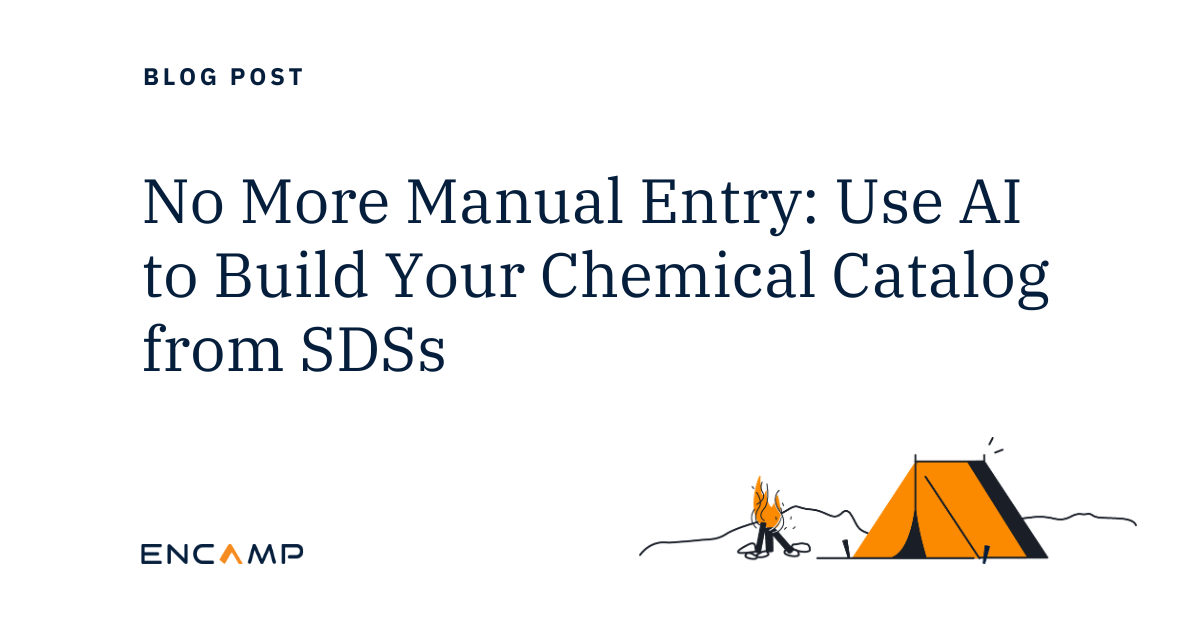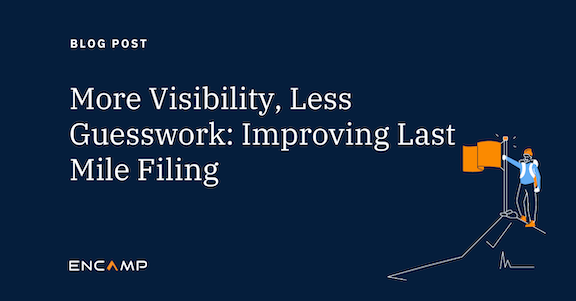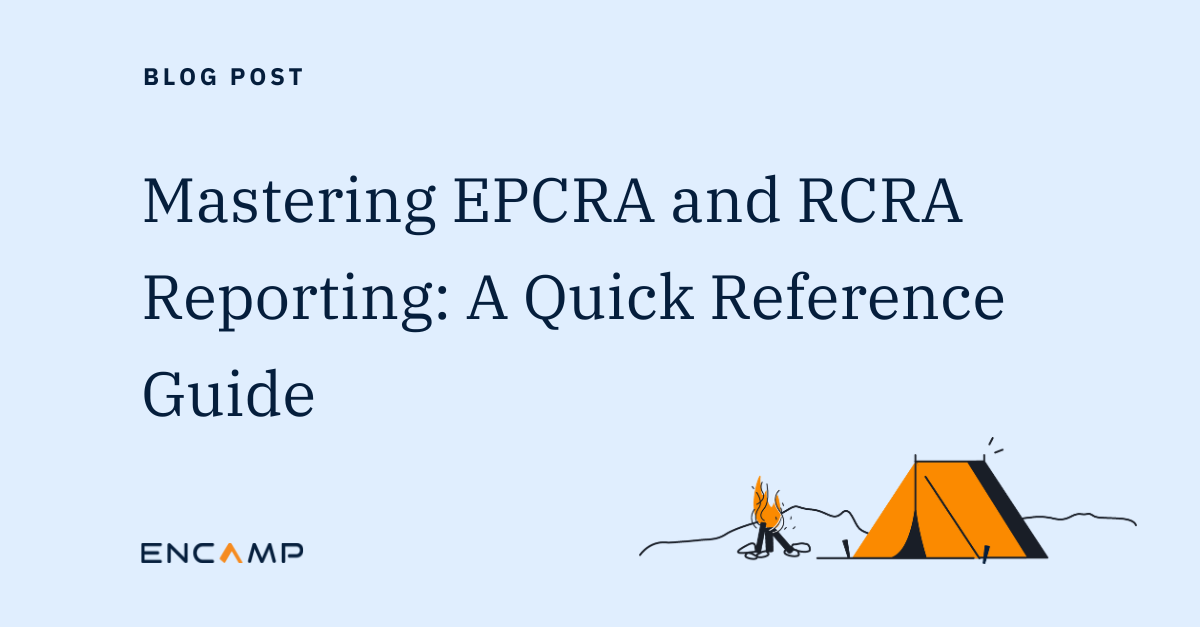*^%$*#! spreadsheets! There, we said it. We’ll also say this. For EHS operations and environmental compliance, digital transformation and technologies like Software as a Service (SaaS) are a good thing.
If you’ve worked in environmental compliance circles very long, you know the disdain for spreadsheets. And binders full of paper. And the endless manual labor just to gather data, organize it, and try to make sense of it for EPCRA Tier II reports and submissions.
“It’s how we’ve always done compliance reports…”
Which is ironic. Because for years now, enterprises have used software tools for everything from ERP and CRM to accounting, collaboration, HR, strategic planning, business intelligence and analytics.
Managing EHS operations and environmental compliance using advanced technology just hasn’t reached the same level of mainstream adoption. At least not yet.
The popularity of SaaS
In the menu of everyday business apps, we think of tools like SAP, Salesforce, TurboTax, Zoom, Slack, Workday, and Microsoft Office 365. These tools are all courtesy of cloud technologies and application solutions led by SaaS.
SaaS has been around since the early 2000s. In tech terms it’s a “mature” technology, meaning it’s been honed, well tested and widely adopted. The draw for SaaS is both its simplicity and its versatility.
Simple: The only thing users need to access SaaS applications is an Internet connection and a web browser. Enterprises typically pay for the service and the apps they use on a managed-cost subscription basis, per user or workgroup.
Versatile: With SaaS, users can work from anywhere on any device, and organizations can scale to locations around the world. Security for users, networks, and data is also unparalleled. These virtual capabilities come from the cloud architecture on which SaaS is built.
Better, any updates and fixes to an application are made by the app’s developer and then filtered down to users via the SaaS provider. So automatically, users constantly get the latest app release, use the newest functionality, and never pay for any of the back-end development and testing that goes into the upgrades.
This makes SaaS the predominant solution for enterprises to capitalize on applications for business. Yet for as long as SaaS has been around, EHS has just come to the party in the last few years.
Opening the EHS door
Back on the technology timeline, cloud based EHS compliance management is therefore still carving out its marketplace. The good news is, however, with SaaS in the equation, it’s emerging on a proven technology platform.
And as it does, it’s creating a powerful new path to tools like automation and digitized data. A path of digital transformation — which streamlines the process for managing EHS operations and environmental compliance, and makes reporting more efficient, more consistent, more accurate and more reliable.
For EHS teams everywhere, it’s time to finally get
on this new path of digital transformation.
The cloud as the starting point
Many companies turn to the cloud because of the automation, efficiency, security, and managed cost savings it provides. SaaS is a leading example. Also as a global phenomenon, the cloud has long enabled multi-site organizations to connect locations and facilities on the same platform. There are no siloed hardware systems to piece together with the hope they all work in unison.
Digital transformation is the framework
As a computing environment, many companies additionally use the cloud to support innovation and initiatives such as digital transformation, or DT. In simple terms, DT is a “fast and frequently changing digital technology to solve problems,” and cloud computing is a core component.
Via the cloud, organizations access applications, data, analytics, and other advanced digital functionality for problem-solving of most any kind. Think of DT as providing the framework in which an organization can then use these tools to create innovative new processes.
Quick ramp-up for EHS teams and compliance processes
Another advantage of the cloud is that businesses deploy new applications and processes quickly. Go back to bypassing piecemealed hardware systems; a cloud architecture provides a central IT environment made to launch new functionality in a relatively short time frame.
Depending on geographic scope, user administration, amounts of data to be imported and so on, most cloud platforms can be implemented in a matter of days or weeks. And not just implemented but performing as needed.
Consider, an organization’s EHS team could rapidly deploy functionality at a new facility for EPCRA, RCRA and other Tier II reporting requirements. Or they could do it for reporting at various locations in line with the requirements from all 50 states. Add the aspects of digital transformation technology and automation, and the efficiency gains for EHS professionals and compliance teams would be both immediate and significant.
Align EHS operations, the cloud, and digital technologies
Business users exposed to SaaS-based tools and digital transformation approaches work in ways that are simple and intuitive rather than manual and labor intensive. Not surprisingly, in fact, when businesses do incorporate these tools, frontline users are often the ones who specify needed functionality (not necessarily applications).
Another environmental compliance example: Say an organization moves an inventory of regulated chemicals from one facility to another. Different state, different compliance and reporting requirements. An EHS team member must likely do a walkthrough of the facility now housing the chemicals and manually verify inventory counts and thresholds using a spreadsheet and a clipboard.
“It’s how we’ve always done it.”
But what if the inventory data already lived in a system structured on a cloud-based platform? The system could consolidate this information across every facility and state in your organization. It could even create site-specific compliance profiles for each location.
Automatically, EHS staff could then get the updated compliance applicability and view all details in a single all-inclusive dashboard. And if a walkthrough is still needed at the facility, the team member does it using a mobile or wearable device, not a spreadsheet and a clipboard.
The future of EHS compliance management is here. It’s cloud technologies like SaaS and the digital transformation converging on a modern end-to-end platform. And it’s time to adopt it.
Transforming the way enterprises stay in compliance
Encamp is on a mission to create a world where good for business can equal good for the environment. We help enterprises transform compliance programs and human processes into a technology-driven system that lays the foundation for accurate and ongoing environmental compliance through a blended method of intelligent high-tech solutions and high-touch expert support.
Tom Bailey
Tom is the Senior Content Writer at Encamp. And like all other Encampers, he’s in tune with the environment and what happens to it. He’s been writing about creative technology solutions for longer than he cares to admit.



